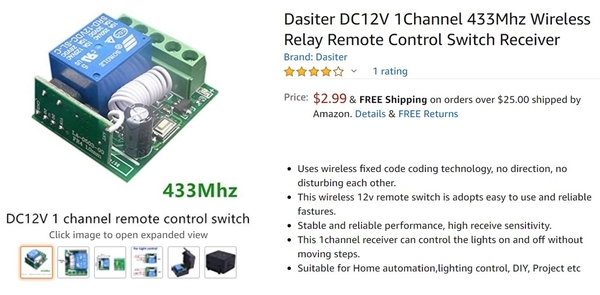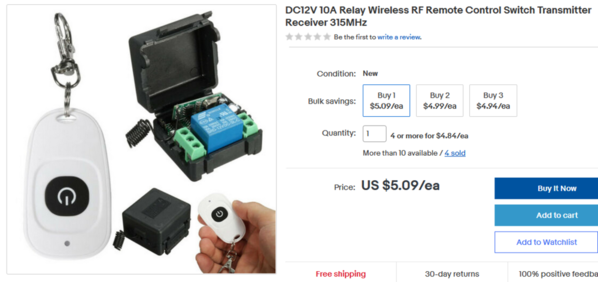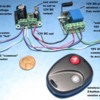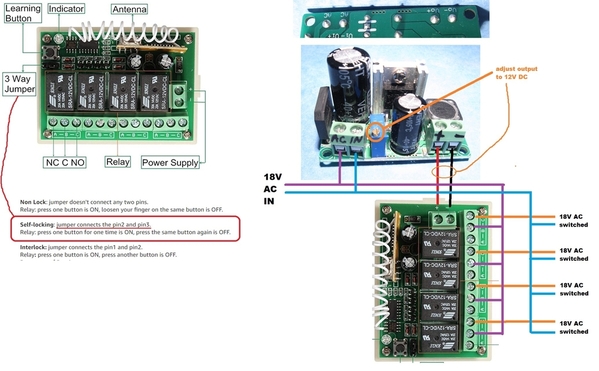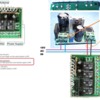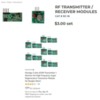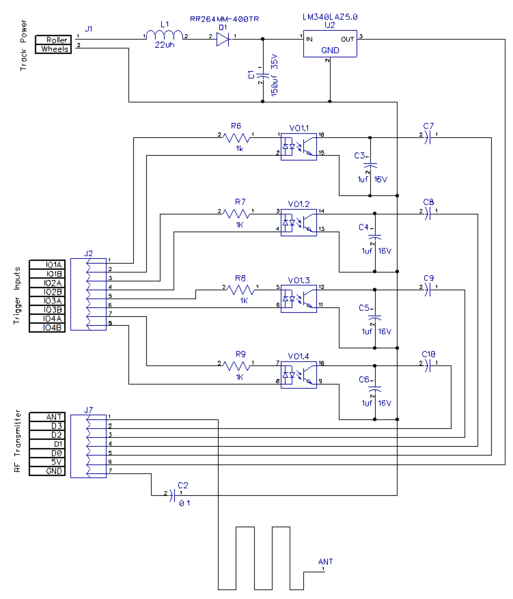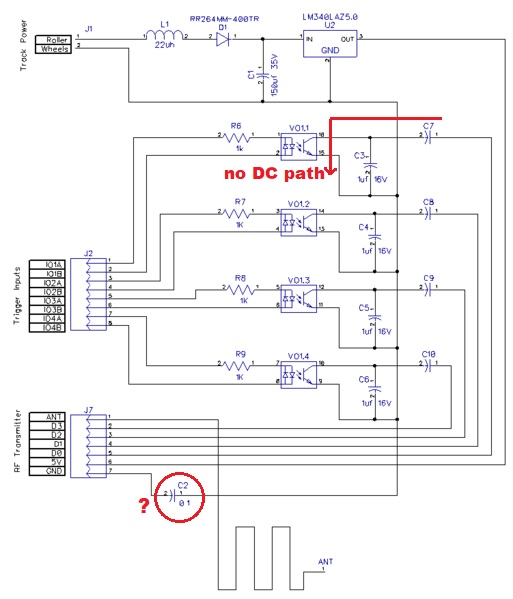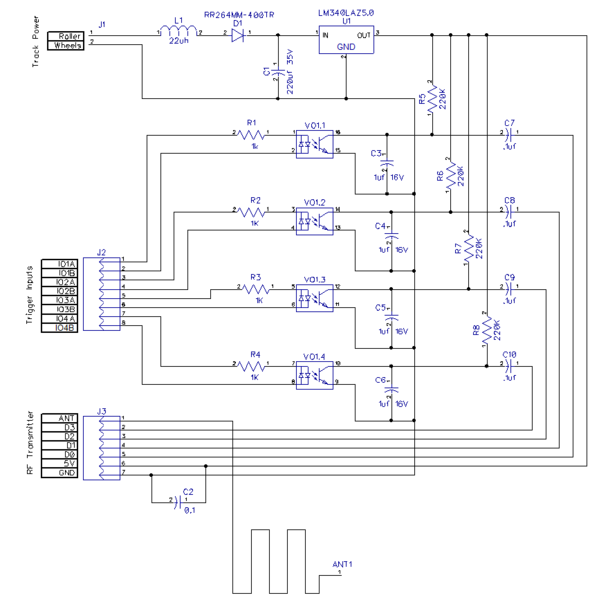Some modules from eBay-Asia vs. shipped-by-Amazon:

You need a DC voltmeter and tiny screwdriver to set the output of AC-to-DC converter to 12V DC.
For expansion, as GRJ showed you could use a 4-channel (4-relay) 12V DC-powered wireless relay module. Apparently you even get 2 transmitter fobs. So this gives you independent on/off control of up to 4 accessories. These wireless relay modules are readily available in 1, 2, and 4 channel versions.
A single AC-to-DC converter can power multiple 12V relay modules as well as other 12V DC "gadgets" that might enhance your layout. As previously mentioned you "teach" the relay module what it is to do in response to a valid remote command. This is accomplished with the so-called "learn" button on the relay module...and following somewhat cryptic instructions. It sounds like you're just after basic on-off operation where pressing a button toggles the corresponding relay on and off.
Some relay modules can be "taught" to turn on for a brief interval, say 15 seconds, in response to a button press; one can imagine an electro-mechanical layout accessory that might benefit from this mode (rather than having to hold down the remote button for 15 seconds).
Or, there are zillions of 12V DC-powered timer modules (again, maybe $5 each) that could be used in conjunction with, or independently of, the wireless relay module to perform rather elaborate timing. For example it could cycle the 18V AC to an accessory...say, on for 10 minutes, off for 5 minutes, repeating forever.
Finally, you didn't mention MTH-DCS command-control but if this is or will be on the table, you need to add a so-called DCS-choke (a 22uH inductor) to the input of the 18V AC track-powered AC-to-DC voltage converter module.
----
Separately, and I realize you did not ask about this, but let's say you get the 4 channel version. Let's assume you can fit the AC-to-DC converter module and a 1-channel wireless relay module (like I showed in my first photo) in a piece of rolling stock. You could "teach" the 1-channel relay to respond to, say, button "D" of the remote fob. Then you'd have 3 independent on/off controls using buttons A, B, C for fixed trackside layout accessories. And the 4th channel could control the rolling stock action whatever that may be; you would no longer need to position the rolling stock over a UCS or similar track section! For example here's a 1-channel relay module for only $3 shipped by Amazon; you wouldn't need the remote fob since you could "teach" this module to respond to button "D" of the 4-channel remote.
